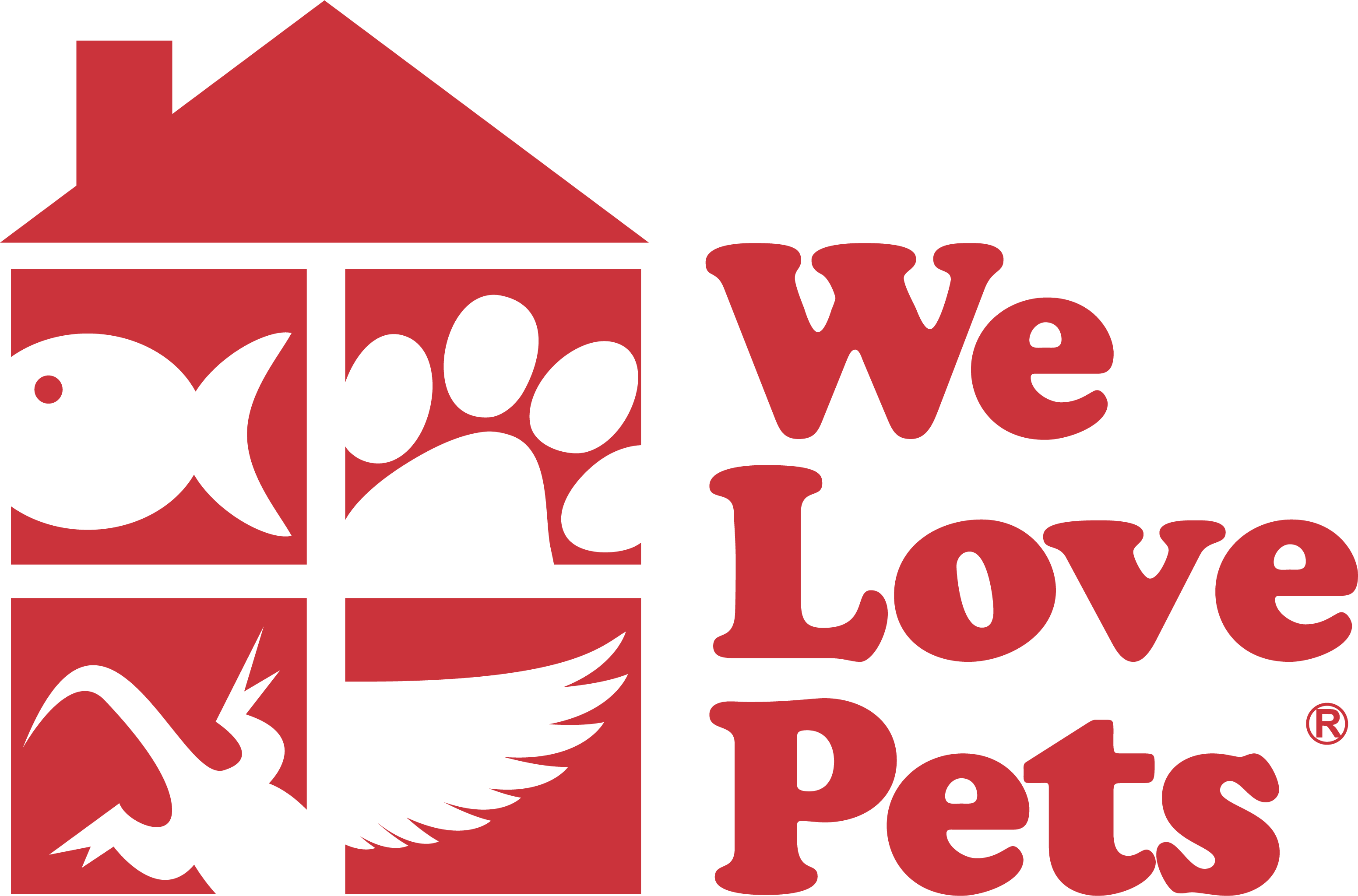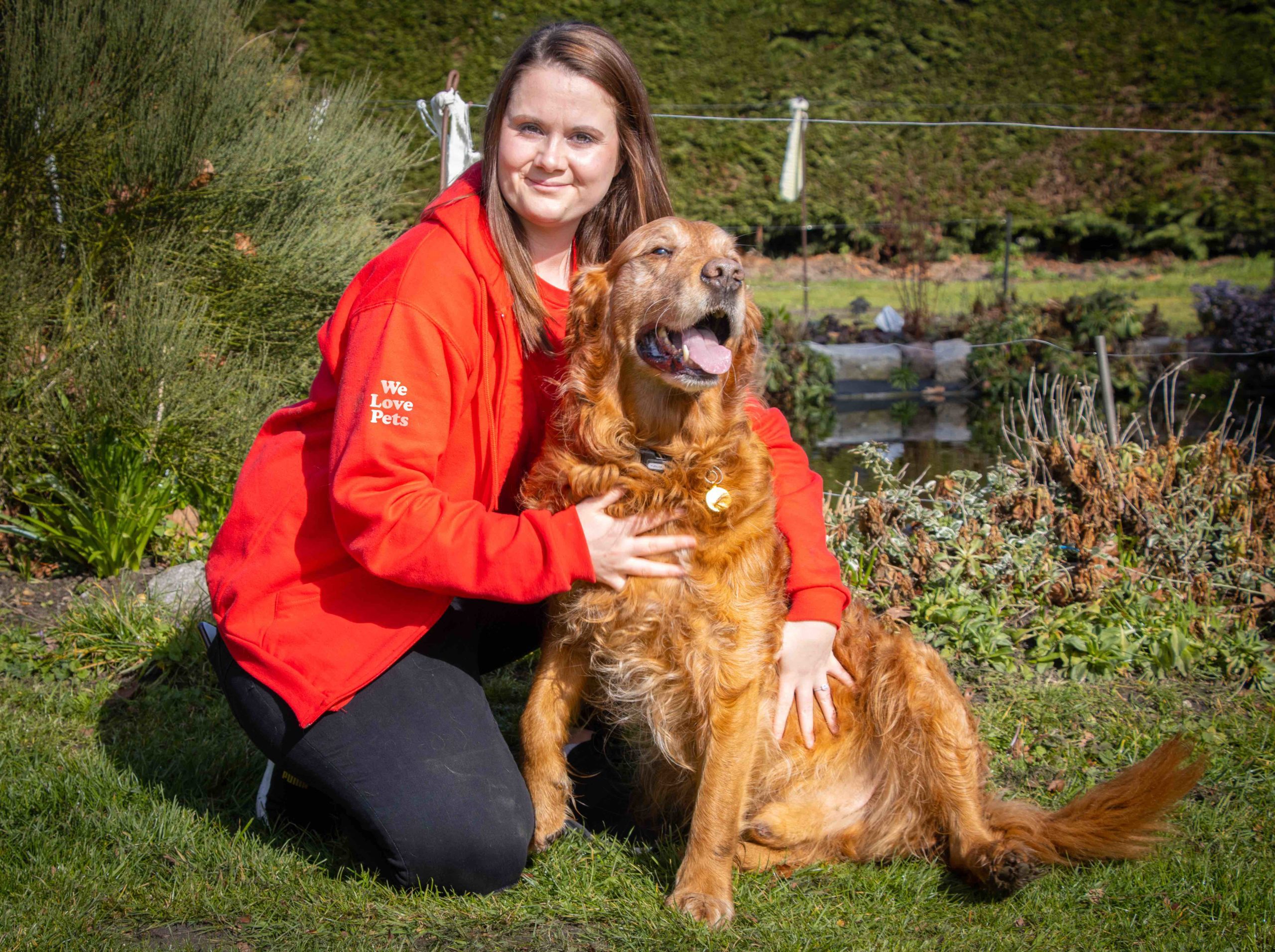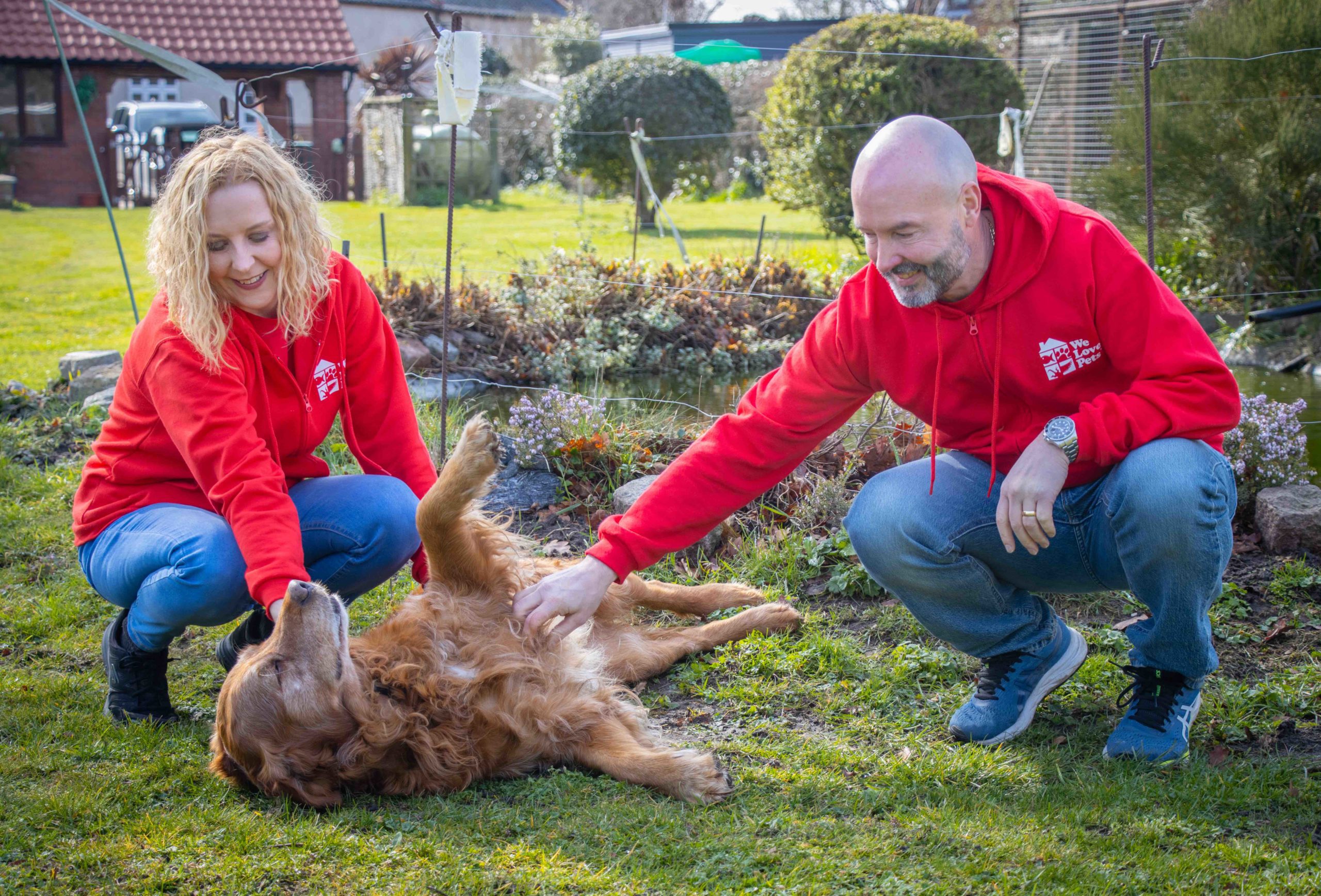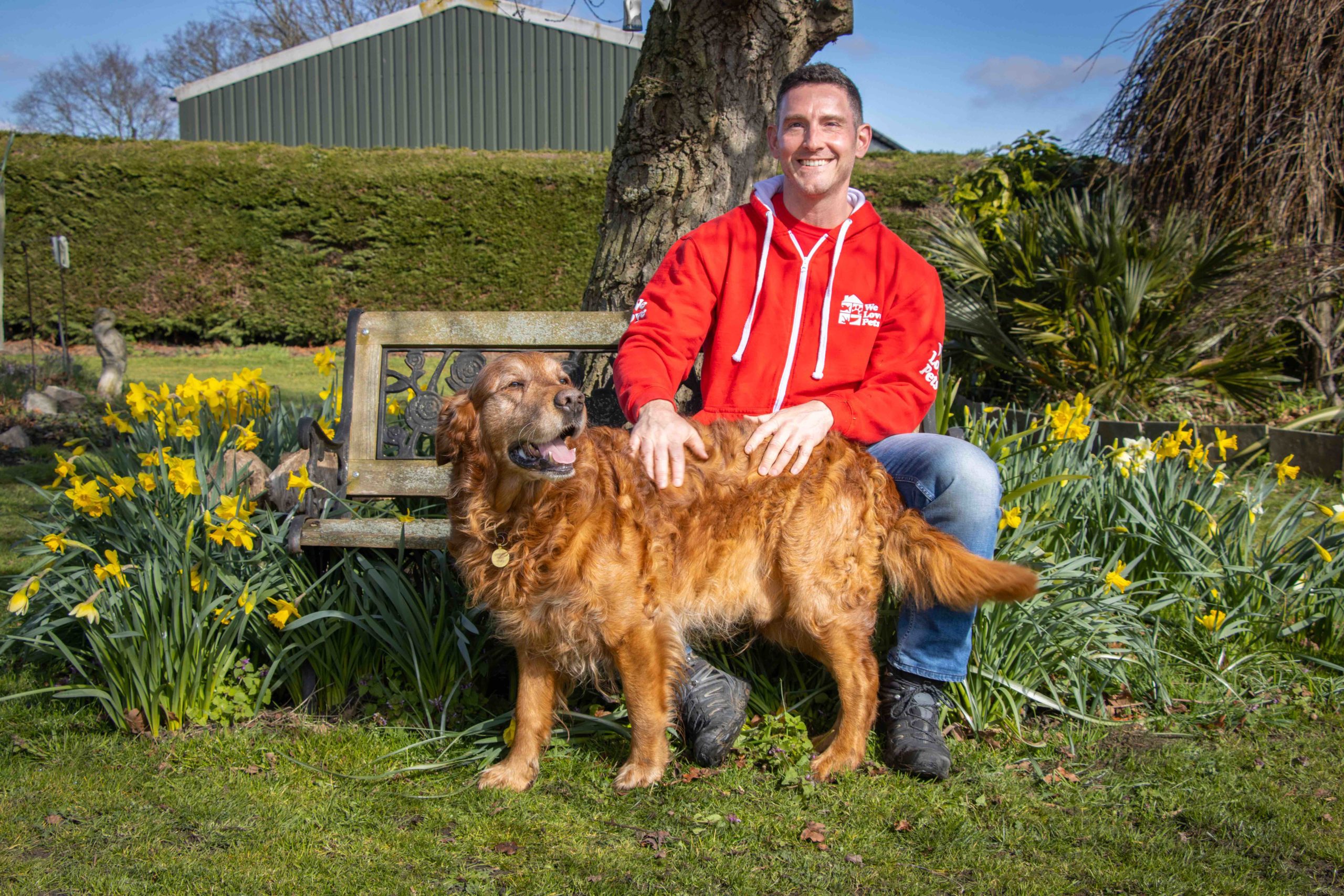Dogs find security and comfort in routine. A steady and predictable routine lets them know when they can expect to be fed, walked and have their needs met. It lets them predict things like when their owners will be back from work and how their day will pan out.
If a dog’s care and environment are unsettled there is a greater chance that the dog will have increased levels of anxiety. So what are the common causes of anxiety in dogs and what can we do to help them?
Some causes of anxiety:
Hormones!
In unneutered male dogs, sometimes the anxiety they experience can be linked to hormone levels and so neutering may help with this as they no longer have the urge to be continually lead by testosterone.
Inconsistency with training
If a dog understands what makes you happy, they will want to please you and do the right thing. If the boundaries are continually changing the dog can become stressed trying to work out what you want.
Lack of mental stimulation.
Especially if a working breed. Those busy brains need occupying, and many breeds of dogs thrive when given a job to do.
A new addition to the family causing the dogs routine to be disrupted.
This could be a new baby or even a new puppy. Either will cause a shift in routine and attention given directly to the dog.
A member of the family leaving home.
Perhaps through a new job that now takes them away through the working week or a relationship breakdown where the house is no longer a calm and stable place for the dog to be.
Moving house
For dog and human alike!
Bullying.
Either by another dog in the house or perhaps one met out on walks. Is there a young child in the home that is also innocently taking the dogs toys or poking it etc?
Being stared at.
Though we may think they are reading this action as a sign of love, this intense eye contact can be seen as threatening behaviour and cause some dogs to feel anxious.
Certain times of year can cause fear and anxiety levels to rise.
It can sometimes start around bonfire night and stretch all the way through to the New Year . Fireworks, Christmas and all the celebrations these bring with them can all just become too much.
In conjunction with family and friends coming and going – If your dog is naturally highly strung and prone to worry it is a good idea to plan well in advance to help them manage this period.
(This is not an exhaustive list as like people there are different triggers that may cause anxiety ).
Dogs express anxiety in a number of different ways. You may recognise some of these symptoms and behaviours linked with anxiety:
The dog becomes clingy and insecure following you around the house or in some dogs the complete opposite happens and they just want to be left alone and seek a hiding place.
Barking and whining when left alone ( separation anxiety)
Destructive in the home
Soiling in the home
Excessive panting when it is not hot or the dog has not been exercised. ( This can also be due to pain).
Trembling ( Again this may be pain induced)
Excessive grooming to the point the dog can cause self-inflicted trauma like lick granulomas and bald patches.
Unseasonal malting
Diarrhoea due to the food passing through the digestive system too quickly perhaps due to high levels of adrenaline in the system.
Stress yawning
Lots of licking of lips and nose as the dog tries to gauge the situation and gather extra information through scent.
Pinning ears back to the side of the head as if they have had a face tuck!
How is the dog holding its tail? If it is clamped to its bottom or hung low and just wagging maybe the tip this dog is feeling very unsure.
If extreme the dog may react to stress by becoming aggressive even towards the owner as all its body language is being ignored by those around it and it feels it has no other choice. Some dogs literally do feel like they are going to die and so the ‘fight or flight ‘mechanism will kick in.
What can you do to address your dogs’ anxiety?
- Ensure your dog has somewhere that is their ‘safe’ place that they can retreat to at home if they need quiet time.
- Make any changes to a routine gradually so the dog has the opportunity to adjust.
- Speak to your vet. There are natural calming aids in the form of food supplements, pheromone collars and plugins (Adaptil), anxiety vests (Thundershirt) that may be worth trialling.
- Enlist the help of a professional dog behaviourist to work with you on an individual basis so they can assess your dog one to one and be able to draw up a plan to help them get through stressful triggers.
Recognising your dog is stressed is the first step to being able to help them.




